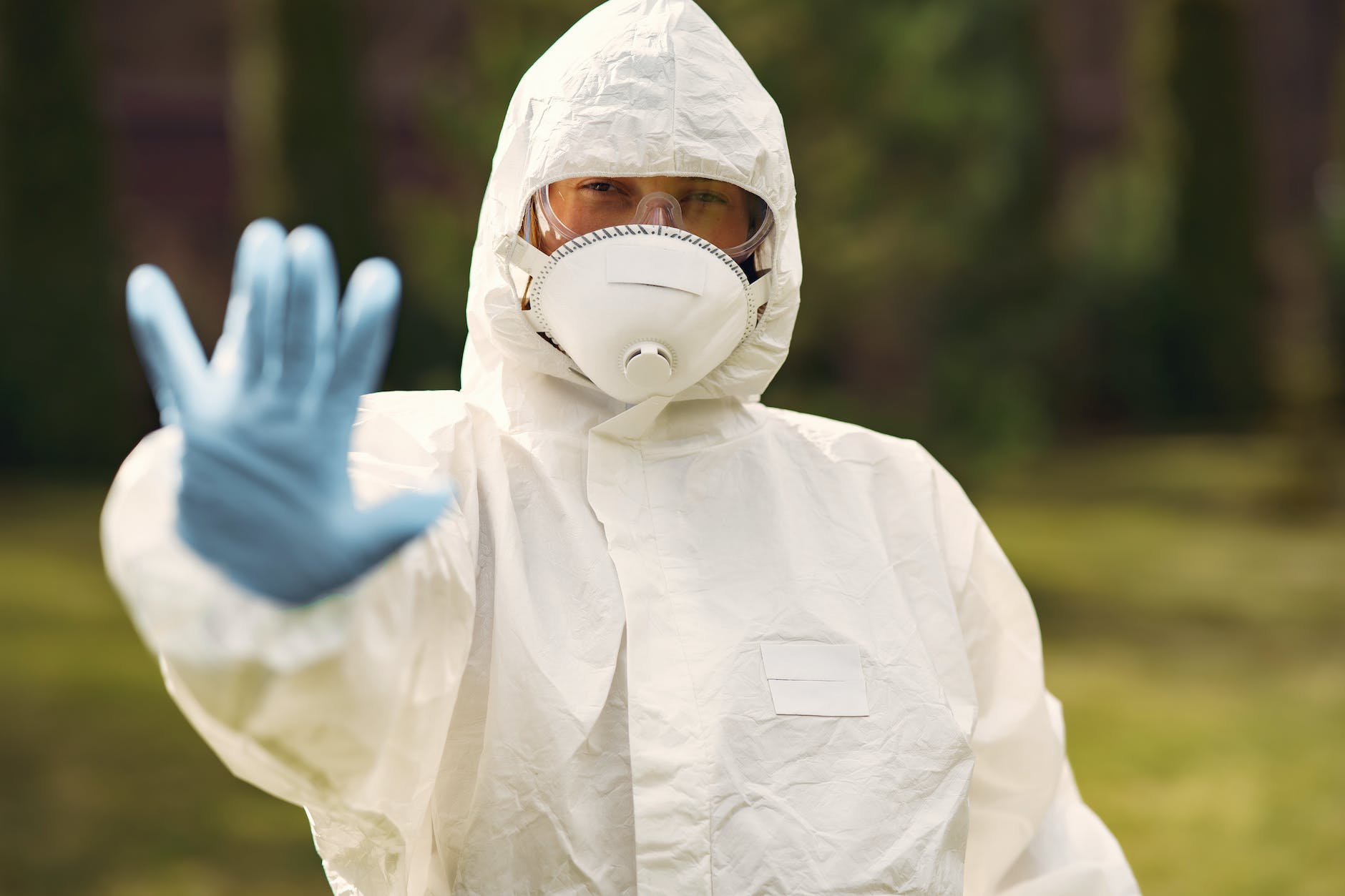
Hand Protection: Personal Protective Equipment
Introduction
In the realm of workplace safety, few aspects are as crucial as hand protection. Personal Protective Equipment (PPE) designed for hands plays a pivotal role in safeguarding workers against various hazards. In this article, we’ll delve into the importance of hand protection and explore different types of PPE available, ensuring that workers can carry out their tasks with confidence and security.
Understanding Hand Hazards
The Multifaceted Dangers
Work environments often expose employees’ hands to a diverse range of hazards, including sharp objects, chemicals, extreme temperatures, and mechanical impacts. It’s essential to recognize these potential risks to determine the most suitable protective measures.
Exploring Personal Protective Equipment
Gloves: Your First Line of Defense
Gloves are the cornerstone of hand protection. Depending on the task and the nature of the hazard, different types of gloves come into play. For instance, cut-resistant gloves are crucial for industries dealing with sharp tools, while chemical-resistant gloves are a must in chemical laboratories.
Beyond Gloves: Specialized Protection
While gloves are paramount, there are other forms of PPE that contribute to comprehensive hand protection. Protective sleeves, for example, shield forearms against cuts and burns, while finger cots offer precision protection. Each specialized accessory serves a unique purpose in enhancing safety.
Choosing the Right PPE
Assessing Workplace Needs
Selecting the appropriate hand protection requires a comprehensive assessment of workplace conditions. Factors such as the type of task, duration, and potential hazards dictate the choice of PPE. Employers must ensure that the selected gear aligns with OSHA regulations and industry standards.
Balancing Comfort and Safety
Effective PPE doesn’t just offer protection; it should also be comfortable enough to encourage consistent usage. Ill-fitting or uncomfortable gear might deter workers from using it, leaving them vulnerable. Finding the balance between safety and comfort is paramount.
Ensuring Proper Usage
Training and Education
The best PPE yields limited benefits if users don’t know how to use it correctly. Employers must provide thorough training on wearing, removing, and maintaining hand protection. Additionally, fostering awareness about the importance of PPE instills a culture of safety.
Maintaining and Replacing PPE
Regular Inspection
PPE, including gloves, should undergo regular inspections for signs of wear and tear. Frayed gloves or compromised materials must be replaced promptly to ensure continued protection. Diligent maintenance prolongs the life of the equipment.
Conclusion
In the grand tapestry of workplace safety, hand protection stands as a crucial thread. Personal Protective Equipment, from gloves to specialized gear, empowers workers to face their tasks with confidence. By understanding hazards, selecting appropriate PPE, and fostering a safety-conscious culture, employers and employees can collectively ensure a safer work environment.
Respiratory Protection: Personal Protective Equipment
Head Protection: Personal Protective Equipment
Eye and Face Protection: Personal Protective Equipment
Safety Goggles: Personal Protective Equipment
Safety Hand Gloves: Personal Protective Equipment
FAQs About Hand Protection and PPE
- Why is hand protection important in the workplace? Hand protection is vital as our hands are exposed to various workplace hazards, and proper PPE can prevent injuries and maintain productivity.
- Can one type of glove protect against all hazards? No, different hazards require different types of gloves. For instance, cut-resistant gloves won’t offer adequate protection against chemicals.
- Are there alternatives to gloves for hand protection? Yes, protective sleeves, finger cots, and specialized hand covers offer alternatives depending on the nature of the task.
- How often should PPE be inspected? Regular inspections, ideally before each use, ensure that the PPE is in good condition. Any signs of damage warrant immediate replacement.
- Where can I find reliable information about industry-specific hand protection? Industry guidelines, OSHA regulations, and safety equipment manufacturers’ recommendations are reliable sources for such information.
























